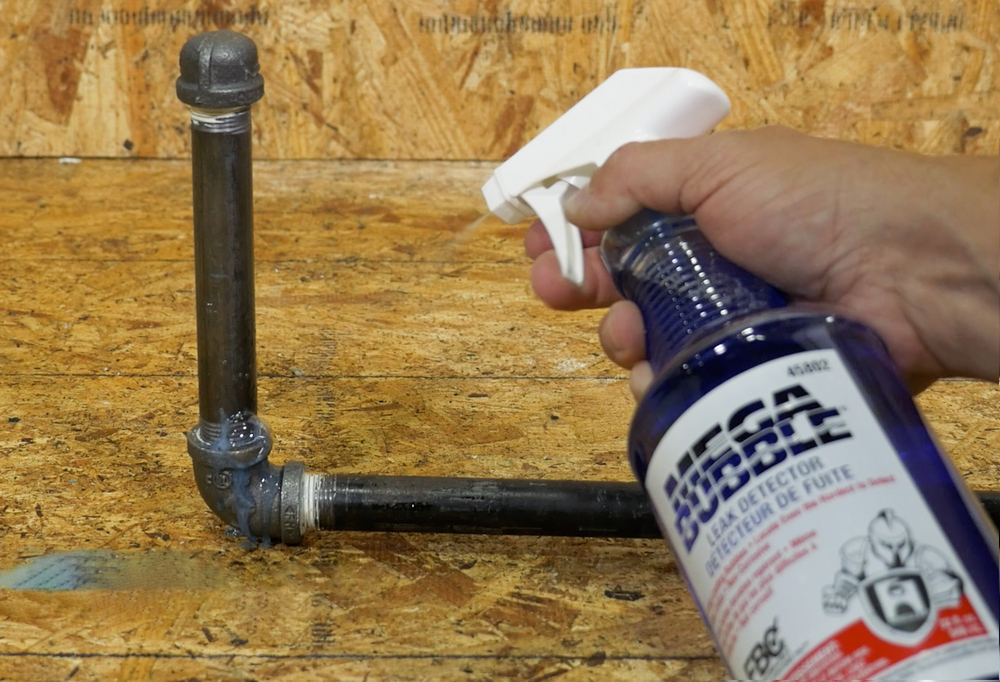
Summer is around the corner, which means it is time to prepare residential and commercial plumbing systems for the hot weather season. Whether a seasoned trade professional or a property manager, the following tips keep plumbing systems running smoothly this summer.
Clean out gutters/storm sewers and rain diverters
Cleaning out any gutters and storm sewers is a good place to start. After fall and winter, there are usually leaves and sticks in most gutters, which can cause any incoming water to overflow and create muddy water that will eventually seep into a building’s foundation — among other issues.
Also, check that all downspouts are clear. If clogged up with debris, it could cause problems with water leaking into basements or crawl spaces.
Be sure to clean out any rain diverters. How to clean out a rain diverter and how often you should do it depends on the specific model. Generally, once or twice a year is sufficient.
Turn on and test hose bibs or sprinkler systems
Another step to prepare for the summer is to activate any hose bibs or sprinkler systems. If there’s a problem with the system, repairing it sooner than later will save customers time and money if water damage occurs later in the season.
Open all zone valves and fill the system, then observe if any wet areas or water appears. Run the system to test all the sprinkler heads and check for debris or damage on any heads not working properly.
Also, check any valves that may have been left closed by mistake; these can cause the system to appear non-operational.
Finally, look for signs that ice has formed inside pipes. This could mean frozen shutoff valves or even burst pipes (if left exposed).
Flush out any antifreeze in plumbing systems
As the summer months progress, it’s important to remember that a plumbing system (floor drains, traps and toilets) may contain antifreeze, especially if a residential customer has a second home to live in during the winter months. Another area to consider is an RV, since winterizing an RV during the off season is common.
Antifreeze will prevent freezing and increase efficiency, but it is dangerous if consumed because it was not flushed out of the plumbing system. To ensure no traces of antifreeze remain in a plumbing system, flush water through all fixtures and drains for 5-10 minutes at a time. Repeat this process until all of the water runs clear.
Visually inspect drains and pipes
Inspect drains and look for signs of pipe leaks, including water seeping from under the foundation and wet spots or stains on walls or floors.
If you smell gas, pipeline testing will determine if a leak has occurred in systems containing gases or liquids. Common leak-test methods are pressure and vacuum decay, and tracer gas detectors.
In addition, use a bubble soap leak detector to check piping systems for leaks. Often referred to as “soaping” the joint, this leak-detection process involves applying a soap liquid or mixture to pipe joints. As the pressure inside the pipe leaves the joint, bubbles will form if there is a leak.
A leak detector uses a high-viscosity formula that produces large, long-lasting blue bubbles to quickly detect leaks on pipes (black iron, black steel, copper, PVC), fittings, tanks, coils, cylinders, pressure vessels and valves.
Clean out catch basins
Catch basins are area drains that collect runoff from roofs and driveways. The water flows through the catch basin and into the storm sewer. A clogged catch basin can cause flooding when water backs up into them.
To clean out a catch basin, first remove leaves and debris from around and within with a rake or shovel. You may need to use a long-handled tool. Then use a hose with a high-pressure nozzle attachment to blast away dirt within reach of your arm. If necessary, use an extension rod on top of this tool, so you don’t have to get too close while scrubbing away at stuck-on matter.
Conduct root control maintenance
Spring or summer is a great time to implement some root-control preventive maintenance when roots are most likely to enter sewer systems.
Root intrusion is one of the most damaging problems in a sewer system. Roots thrive in sewer lines, because they are well-ventilated and provide an excellent water source. While that’s great for plants and trees, it can have a devastating impact on a sewer system.
In fact, if left untreated, root intrusion can eventually lead to a complete collapse of the system. The roots on the outside of the sewer pipe will encapsulate it, creating pressure that will cause the sanitary system to collapse and shut down.
Chemicals are best used on a regular basis as a preventive maintenance tool for opening, clearing and preventing root-clogged drains and sewer lines. But even when applied consistently to kill roots and prevent them from growing, chemical treatments won’t immediately solve a serious clogging problem. You must first mechanically clear the blockage to ensure chemicals can effectively flow through the sewer line and adhere to the root mass.
There are many chemical treatment options available on the market. Some include foaming chemicals composed of metam-sodium. Foaming equipment may be required to create the foam that enters the pipe. In addition, herbicides, an agent used to destroy or inhibit plant growth, are another effective treatment. Herbicides contain copper sulfate pentahydrate as its main ingredient. This inorganic compound combines sulfur with copper to kill bacteria, algae, roots, plants, snails and fungi.
By following the aforementioned tips, along with taking advantage of the latest tools and products on the market, customers’ plumbing systems will be in top shape for summer.
Sean Comerford is a technical applications manager at Oatey Co.


